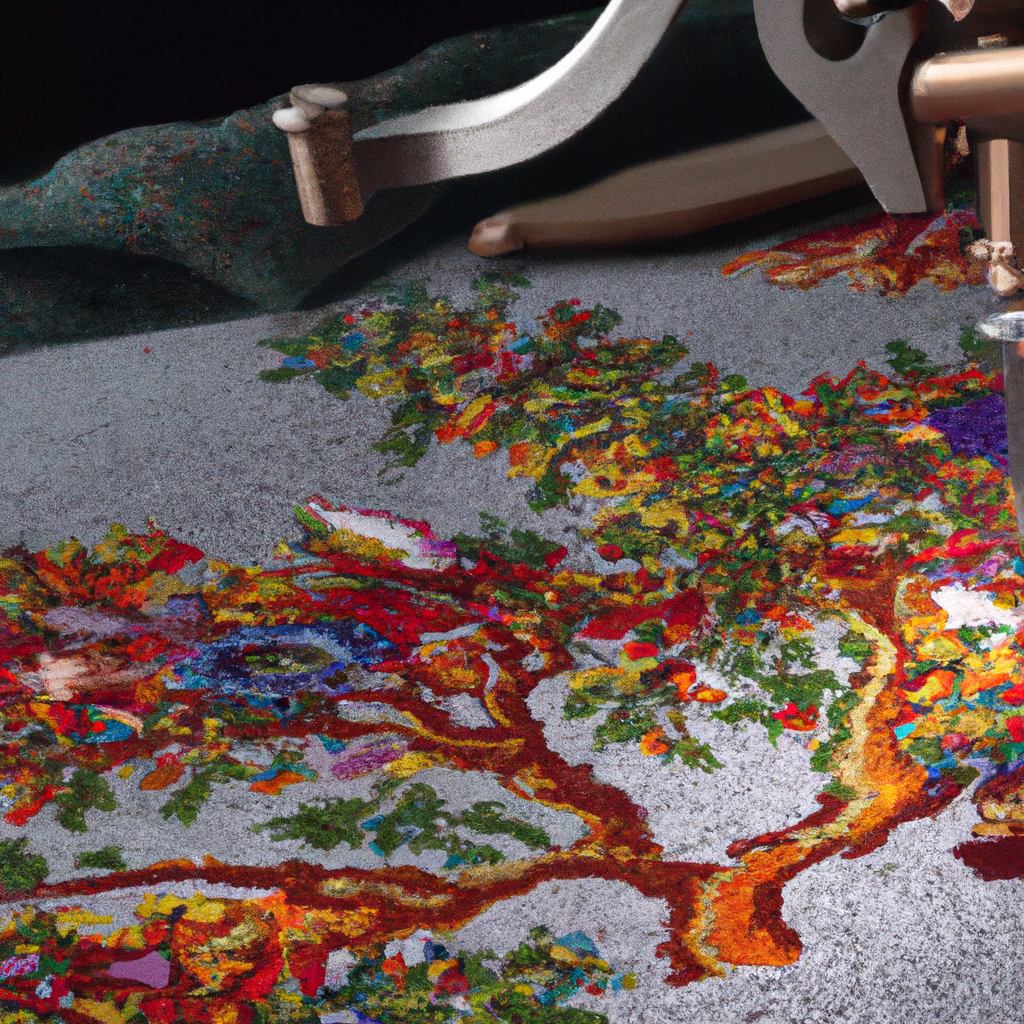Tapestry Art: The Process of Creating a Masterpiece
Tapestry art is a form of textile art that involves the creation of intricate designs using different weaving techniques. The process of creating a tapestry involves several steps that require patience, skill, and creativity. In this article, we will explore the art and process of creating tapestry, including its weaving techniques, design, history, and more.
Tapestry Creation Process
The process of creating a tapestry is a complex one that requires several stages of preparation and execution. Here are the steps involved in the tapestry creation process:
1. Designing the Tapestry: The first step in creating a tapestry is designing the artwork. This involves creating a detailed sketch or drawing that will serve as a blueprint for the final product. The design should be scaled to the size of the tapestry and should take into account the color choices and weaving techniques that will be used.
2. Choosing the Materials: The next step is selecting the materials that will be used to create the tapestry. These materials can include wool, silk, cotton, and other fibers. The materials should be of high quality and should be selected based on their durability, texture, and color.
3. Preparing the Loom: Once the materials have been selected, the next step is preparing the loom. This involves setting up the warp threads, which are the vertical threads that run the length of the loom. The warp threads are then threaded through the heddles and the reed, which will help control the tension of the threads during weaving.
4. Weaving the Tapestry: The actual weaving process involves interlacing the weft threads, which are the horizontal threads that run across the loom, with the warp threads. This is done using different weaving techniques, such as plain weave, twill weave, and satin weave. The weaver must carefully follow the design blueprint to ensure that the correct colors and patterns are woven into the fabric.
5. Finishing the Tapestry: Once the weaving is complete, the tapestry is removed from the loom and finished. This involves cutting the excess warp threads, steaming the tapestry to set the fibers, and adding any additional embellishments or details, such as fringe or tassels.
Tapestry Weaving Techniques
There are several weaving techniques that are commonly used in tapestry art. These include:
1. Plain Weave: This is the most basic weaving technique, and involves weaving the weft threads over and under the warp threads in a simple over-under pattern.
2. Twill Weave: This weaving technique involves weaving the weft threads over and under the warp threads in a diagonal pattern, resulting in a distinctive diagonal texture.
3. Satin Weave: This weaving technique involves weaving the weft threads over several warp threads at a time, resulting in a smooth, shiny texture.
4. Pile Weave: This weaving technique involves adding extra weft threads to create a pile or plush texture, similar to that of a rug.
Tapestry Design
Tapestry design is a crucial aspect of the tapestry creation process. The design should be carefully planned and executed, taking into account the size and shape of the tapestry, as well as the weaving techniques that will be used. Some common tapestry design elements include:
1. Color: Color is a crucial aspect of tapestry design, as it can help create depth, texture, and contrast within the artwork.
2. Pattern: Pattern is another important design element, as it can help create movement and visual interest within the tapestry.
3. Texture: Texture can be created through the choice of materials and weaving techniques, and can help add depth and dimension to the tapestry.
Tapestry History
Tapestry art has a rich history that dates back centuries. The earliest tapestries were created in ancient Egypt, and were used as decorative wall hangings. In Europe, tapestries became popular during the Middle Ages, and were often used to decorate castles and cathedrals. During the Renaissance, tapestry art reached new heights, with artists such as Raphael and Michelangelo creating intricate tapestries for wealthy patrons.
Today, tapestry art is still a popular form of textile art, with artists around the world creating intricate designs using a variety of weaving techniques and materials.
Conclusion
In conclusion, the art and process of creating tapestry is a complex and intricate one that requires skill, patience, and creativity. From designing the artwork to selecting the materials, preparing the loom, weaving the tapestry, and finishing the final product, every step in the process requires careful attention to detail. With its rich history and diverse weaving techniques, tapestry art remains a popular form of textile art that continues to inspire artists and enthusiasts around the world.







